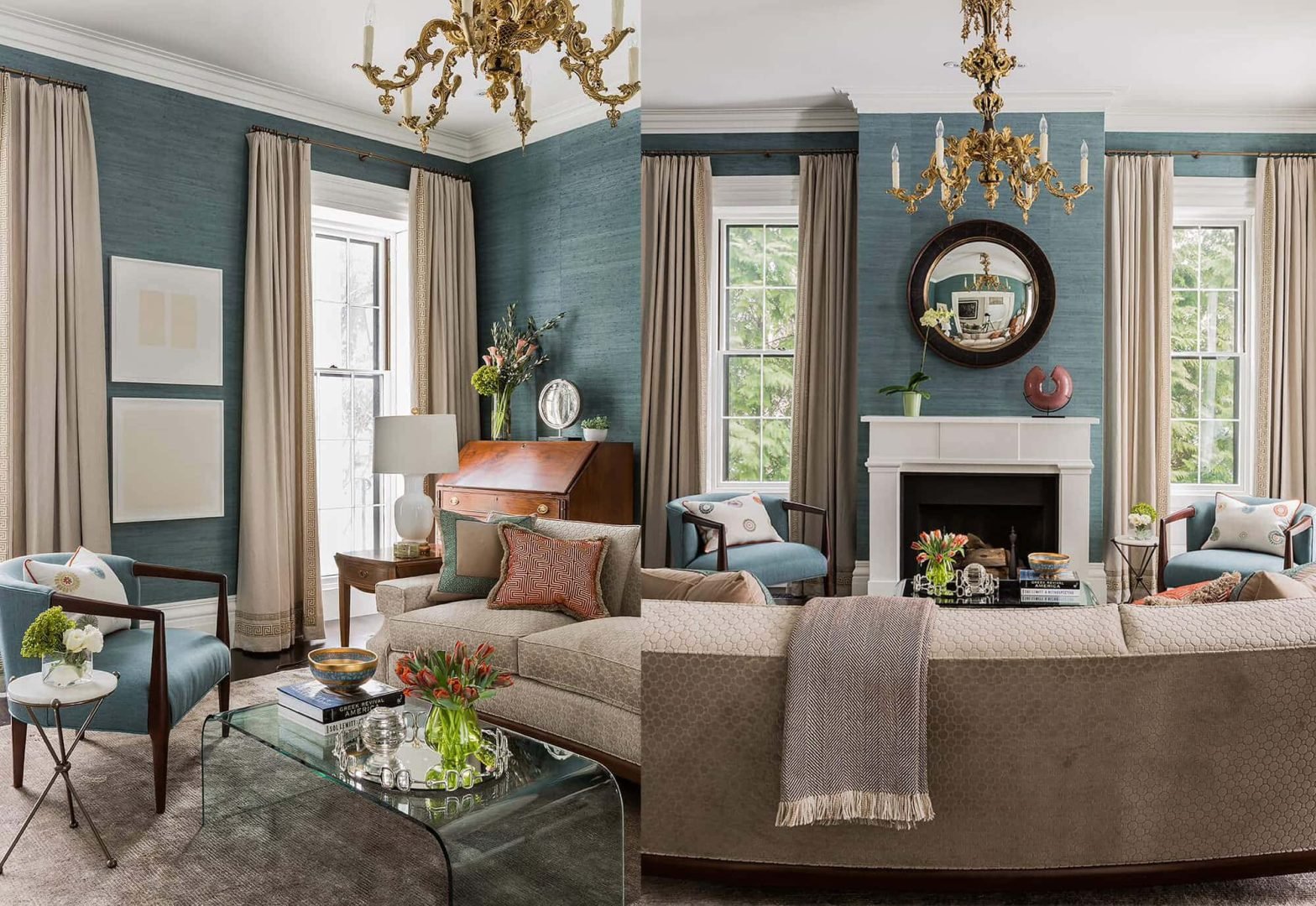When decorating a room, choosing the right curtains can be a daunting task. Whether it’s the living room, bedroom, or even the kitchen, curtains often become part of the overall design and theme. As such, they should match the room’s wall color. But how do you know which colors look best together? In this article, we aim to answer that question and provide tips on how to match curtains to wall colors.
Choosing a Color Scheme
When it comes to choosing a color scheme for your home, matching your curtains to your wall color can be a great starting point. If you have neutral walls, you have the freedom to play around with different colors and patterns for your curtains. However, if you have bold or bright-colored walls, it is best to opt for simple and subtle curtain designs that complement rather than compete with the wall color.
Consider the mood and atmosphere you want to create in each room when choosing your curtain and wall color combination. Soft pastel shades of blue or green can create a calming and peaceful space in a bedroom or living room. For a more vibrant look, try pairing bold red or orange curtains with neutral walls. Alternatively, white curtains against brightly painted walls can create an airy and open feel in any room.
Complementary Colors
Complementary colors are a crucial aspect of any interior design project. When it comes to matching curtains with wall color, considering complementary colors can create an eye-catching and cohesive look in your space. Complementary colors are two hues that sit opposite each other on the color wheel. For example, red and green or blue and orange.
To find the perfect complementary curtain for your wall color, start by identifying the dominant hue in your room’s color scheme. Once you determine the primary color, look for its complement on the opposite side of the color wheel. If you have a blue accent wall, consider curtains in a warm shade like orange or yellow to create contrast.
When selecting complementary curtains for your walls, don’t be afraid to experiment with different patterns and textures. For instance, if you have solid-colored walls in muted tones such as beige or white, play around with bold patterned curtains incorporating shades from both sides of the spectrum to add interest to your space. Choosing complementary colors when matching your curtains and wall can elevate any room’s look and feel while creating visual interest that is sure to impress anyone who walks into it!
Monochromatic Scheme
When designing a room, choosing the right color scheme is essential to create an atmosphere that is both welcoming and visually appealing. One of the most popular options is a monochromatic color scheme. This involves selecting different shades of the same hue to create a cohesive and harmonious look. If you are looking for a simple yet elegant way to decorate your space, consider matching curtains to your wall color.
Matching curtains to wall color can help create an illusion of height in small spaces or add depth in larger rooms. It also allows you to highlight other design elements such as furniture or artwork without creating visual clutter. When selecting curtains for your walls, choose shades that are slightly darker or lighter than your wall color for contrast and interest.
Contrasting Colors
When it comes to decorating a room, many people overlook the importance of color coordination. One effective way to create a cohesive look is by matching your curtains to your wall color. However, simply choosing the same shade can be too monochromatic and boring. This is where contrasting colors come into play.
Pairing complementary or contrasting colors can add interest and depth to any space. For example, if you have a light blue wall, consider adding curtains in a darker shade of blue or even orange for an unexpected pop of color. Another option is to choose a complementary color on the opposite side of the color wheel such as yellow for purple walls.
When selecting contrasting colors for your curtains and walls, keep in mind that it’s important to strike a balance between boldness and harmony. Too much contrast can make a room feel chaotic while not enough contrast can make it feel bland. Experiment with different shades until you find the perfect balance that complements your style and personality.
Conclusion
In conclusion, creating a personalized design for your home is not only aesthetically pleasing but also adds a touch of character and warmth to any space. One way to achieve this is by matching curtains to the wall color. This simple technique can transform a room and make it appear more cohesive.
Choosing curtains that match the wall color creates an illusion of continuity and makes the room feel more put together. For example, if your walls are painted a light blue hue, consider choosing curtains in shades of blue or white with subtle accents of blue. This will create a calming effect in the room while maintaining visual interest.
Overall, when creating a personalized design for your home, small details can make all the difference. By taking into consideration elements such as matching curtains to wall color, you can elevate your space from ordinary to extraordinary while reflecting your unique style and personality.
